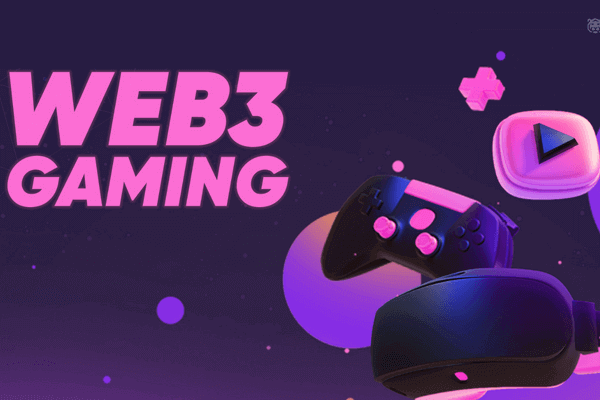Exploring the New Frontier of Monetization with Diverse Web3 Gaming Revenue Streams

The explosion of Web3 Gaming revenue models is fundamentally reshaping how developers monetize interactive entertainment, moving far beyond the traditional paradigms of premium sales, subscriptions, and microtransactions. This new era introduces a suite of innovative, blockchain-powered revenue streams that align the financial interests of developers and players, creating more sustainable and engaging economic ecosystems. The immense profitability of these new models is a core reason why the market is attracting so much talent and investment. The sector is poised for extraordinary financial growth, with market projections indicating it will achieve a valuation of USD 118.36 billion by 2034, a rise fueled by a powerful compound annual growth rate of 33.23% during the 2025-2034 forecast period.
The most direct and foundational revenue stream for Web3 game developers is the primary sale of Non-Fungible Tokens (NFTs). This is the initial distribution of player-owned assets, which can range from playable characters and virtual land to cosmetic items and special equipment. Developers conduct these sales directly to the community, often in the form of "mints" or "pack drops." This revenue model serves a dual purpose: it provides the critical upfront capital needed to fund the game's development and ongoing operations, and it distributes the core assets that will form the basis of the game's player-driven economy. Unlike selling a consumable item in a traditional game, selling an NFT gives players a durable asset, justifying potentially higher price points and creating a stronger initial buy-in from the community.
Perhaps the most revolutionary and sustainable revenue model introduced by Web3 gaming is the implementation of secondary market royalties. Because every NFT's transaction history is transparently recorded on the blockchain, developers can program a smart contract that automatically sends them a small percentage (typically 2-10%) of the sale price every single time that NFT is traded between players on any marketplace. This creates a perpetual, passive revenue stream that is directly tied to the game's long-term health and the activity of its player economy. If the game remains popular and its assets are in high demand, the developer continues to earn revenue long after the initial sale, incentivizing them to support and update the game for years to come, creating a powerful win-win dynamic.
Beyond asset sales, Web3 games are pioneering other sophisticated revenue streams inspired by decentralized finance (DeFi). Many projects launch their own fungible cryptocurrency, or "token," which can be used for in-game purchases, staking (locking up tokens to earn rewards), and governance. The initial sale of these tokens can be a major fundraising event. Furthermore, developers can earn revenue from transaction fees within their game's ecosystem, such as fees for crafting new items, entering tournaments, or using the game's proprietary marketplace. By building complex, self-sustaining digital economies, developers can capture value from the economic activity they facilitate, creating a diverse and resilient financial foundation that moves far beyond the monetization strategies of the past.
Explore Our Latest Trending Reports:







